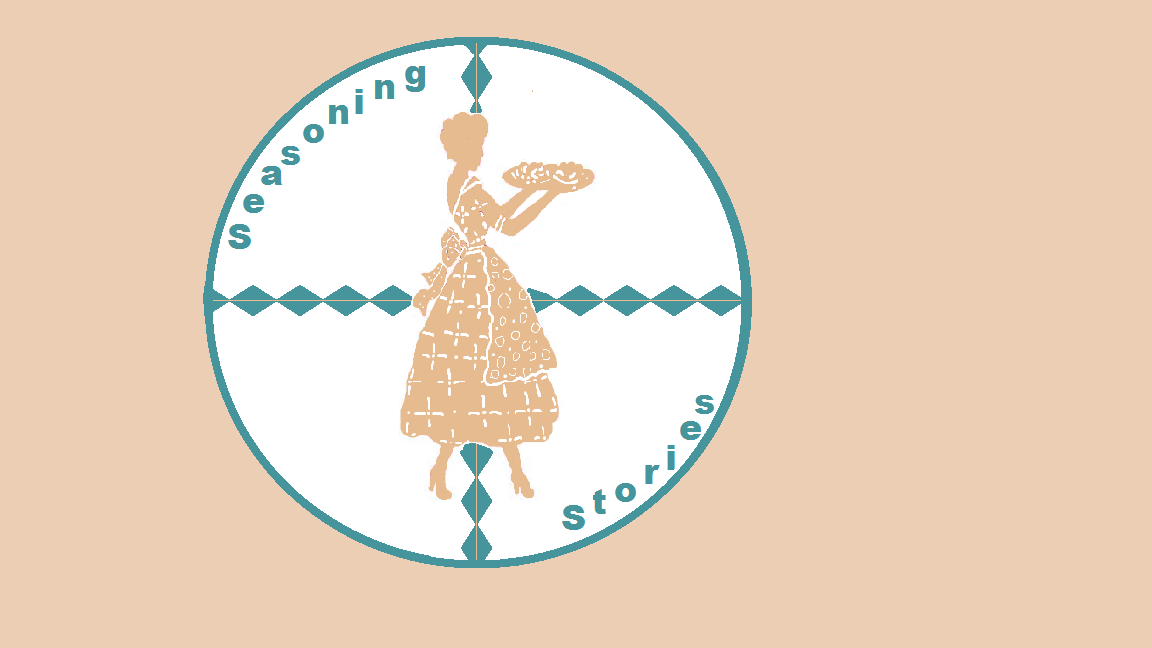Today my spirit was in need of a serious big boost. I was told old friends of mine are returning to Japan and are planning to stay there for at least a few years and I was pretty sad about that actually. The first remedy for clearing my head always involves cooking something delicious. And since the oranges were calling my name I chose to make some Scottish orange marmalade. Because I used oranges the effect doubled. Citrus fruit scent happens to be the top mood-booster for women and reduces stress (for men it's the scent of sizzling bacon but let's not go there before we find ourselves at British breakfast and have totally forgotten all about our marvellous marmelade). Soon a brisky orange scent filled the kitchen, leaving me with a satisfied smile on my face.
Orange marmalade is called marmalade (and not for instance jam, confiture or jelly) because of the use of the peels. The peels ensure the characteristic bittersweet flavour. Because of the distinctive flavour marmelade's nickname is Men's jam. So you're dealing with some rough tough next level jam here! Dundee dockers dipping their scones in a jar of marmalade. Are you getting the picture? More lovely marmalade stories can be read in The Book of Marmalade by food historian C. Anne Wilson.
Scottish Orange Marmalade
makes 2 L (about 6 jars) marmalade
Ingredients
170 gr (about 3 large) organic oranges, scrubbed clean
1200 gr jelly sugar
1,75 L water
to taste: 1 vanilla pod, 2 star anise, 1 tsp fennel seed, a couple of slices of fresh ginger
1. In a large stockpot combine oranges and water and optional seasonings and bring to a boil. Let simmer on lowest heat for at least 90 mintues (the peels must be soft after boiling). The reason you're cooking on the lowest heat your stove's permitting is because it conserves the pectines in the fruit better which will help set the marmalade. While the oranges are cooking you can drink a cup of tea, read the paper, or do something else you want to do. You don't need to stay with them they will be fine.
2. Remove oranges from stockpot and let cool slightly. Add sugar to the water in the stockpot and stir until the sugar is dissolved. Chop the oranges and the peels in small pieces. While chopping try to catch as much juices as you can and add them to the sugarwater. Add the chopped oranges to the sugarwater, bring to a boil and let simmer for at least 15 minutes.
3. Meanwhile sterilize your jars using your oven or boiling water. Let the jars dry on a table cloth. After 15 minutes do the 'jellycheck': drip a drop of marmalade on a cool plate en let cool completely. Then tousle the plate. If the drop keeps its form the jam is ready. If it oozes keep it cooking a little while longer and then do the jellycheck again.
4. Pour the marmalade in the sterilized jars and cover them with lids. Unopened marmalade has a shelf life of at least one whole year. Once opened, keep in the fridge for one month.
Serve the marmalade on bread, as part of a cheeseboard, or on some scones and picture yourself at the busy Dundee harbour enjoying a well earned lunchbreak.





No comments:
Post a Comment